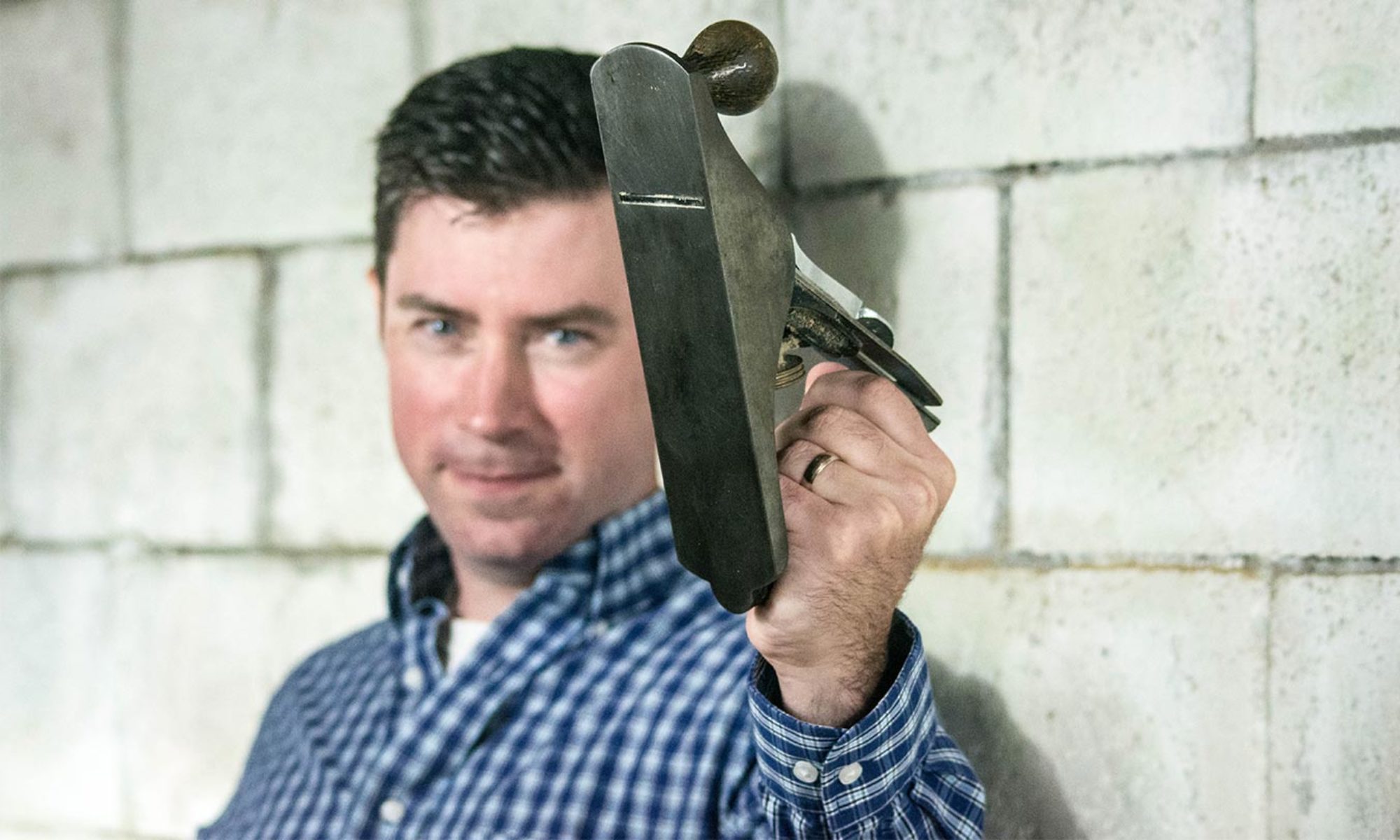The Kitchen Utensil Tote
Here she is!
This is the kitchen utensil tote I just finished. It’s amazing something so simple can be so dramatic.

This piece is the inspiration for my tote. I got pretty close though I could have distressed it more. I’m not too worried as it will be beat up in its new role.

Be sure to check out the process I used over on my Youtube Channel here!
I am refining a set of plans for this tote. I should have it up here in this spot in the next week. I tend to just draw plans enough for me so I’m trying to make sure I cover all bases another may need to build this same tote.
*You should work safely and smartly with the tools you have. Work safely within your limits!!! If you ever feel uncomfortable doing something stop and think of a different approach. There are ALWAYS many ways to do things and fingers are a great thing to have. Do what you can to keep them!
The why
I love cooking, making bread, and baking. This kitchen has plenty of storage place but only one drawer for utensils. This is how it looked!

Yes that is a snowman butt.
I really needed a safe and convenient way to get this mess out of the way.
The wood
I have never used rough sawn wood like this before. Rough wood sure but not like this.

I don’t know how one saws wood to have this crazy textured fuzz. I feel like someone has used beaver dentures. Still it was fairly easy to clean up.
Side note, this is 25mm stock (25.4mm is one inch). In New Zealand, when they say lumber is a size, it’s that size! If you got this stock in North America it would say one inch and you’d actually have ¾” stock. This piece was actually about 27mm and planed down to about 7/8”. That’s a win!

Once one side is square I use a marking gauge to mark the heights on the sides. I sawed and planed down to those lines. When you get to the line you’ll see the feather edge from the marking gauge letting you know you are a swipe or two from perfect!

These finished and squared boards were also easy enough to mark and cut to the lengths needed.


The Assembly
Unfortunately, I didn’t take any photos of me using my moving fillister plane. You’ll have to check out the video. And maybe the previous video where I restored it. I did have to reshape the skewed iron since that video. It really made a huge difference. I guess in that process I hit my knicker on something. The edge it was leaving was rather ragged. It’ll be simple enough to resolve between now and the next video.

I thought through the glue up and clamped it up.

I really was rushing through this as I was going to be joining my wife on a Friday trip. I really wanted to move forward with it. So I jumped the gun. The project exploded like a Hollywood prop in a sitcom. If you watch the video you’ll see how I, stupidly, also had the piece in the vice with the handle squeezed into the bench. This put crooked pressure on all the joints. In the end the lesson is Don’t Rush!
The good news about this is the joints were now sized. That means that glue had gone into the end grain and made it a bit more solid. Yes, this is me searching for a bright spot in the rush. I also found a better way of clamping.

I also don’t like rustic looking nails and the ones I have easy access too are just not good looking at all. I have found that simply taking galvanized nails and hitting them with a ball-pin hammer give them a great hand finished look. This texture also takes a finish rather well.

The finish
I tried to keep it simple by aging the wood with a steel wool and vinegar mixture. This darkened the wood rather well. In the image below you can see the project sitting on pieces of the original board. I followed this up with a couple coats of boiled linseed oil to add some refraction. I then protected the piece a bit with two coats of shellac.

Make one for yourself!
Check out the video of the build, download the plan, and make one for yourself!

Thanks for checking it out,
Clean Phil Wanted
